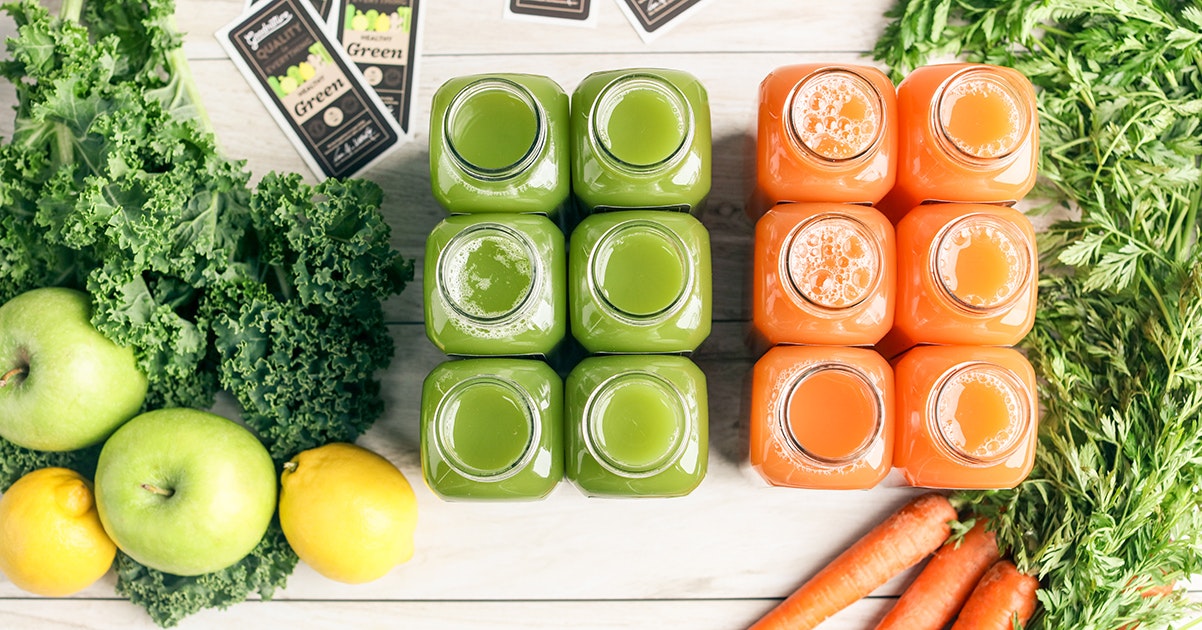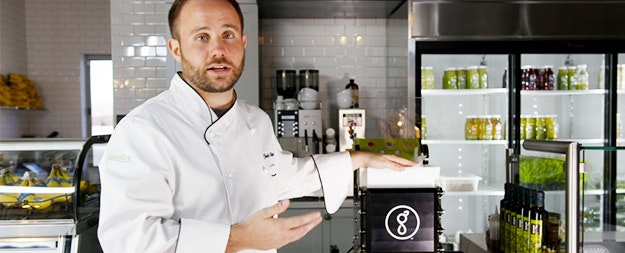
New Countertop CT7 Cold-Press Juicer Videos
We put together four videos that we feel will be educational about not only the product, but about commercial juicing in general. You can find the four professional juicing videos we put together below. For more information about our juicers, check out the presses page. 1. CT7 Product Features and Innovations 2. Preparing Fruit and Vegetables for Juicing on the Goodnature CT7 3. Pressing Small and Large Batches on the Goodnature CT7 4. Cleaning the Goodnature CT7 Countertop Cold Press Be sure to leave your comments and tell us what you think. We hope you enjoy watching the videos!
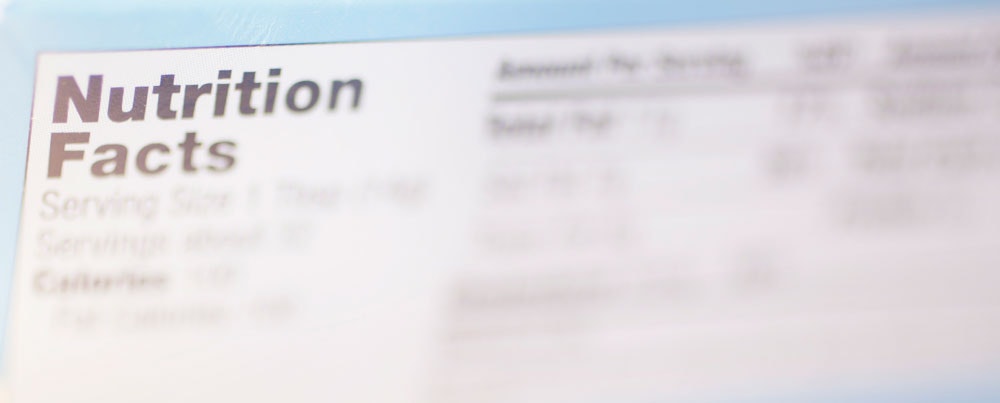
Cold-Pressed VS Centrifugal Juice – Part 2: Nutrient Shelf Life
In the first part of this series we tested the nutrient content of juice made on both a centrifuge and a cold-press and found that the cold-pressed juice contained about 15% higher nutrient content. For Part 2, we have created a green juice recipe on both types of machines, and tested nutrients every day for 3 days to compare how they deteriorate over time.
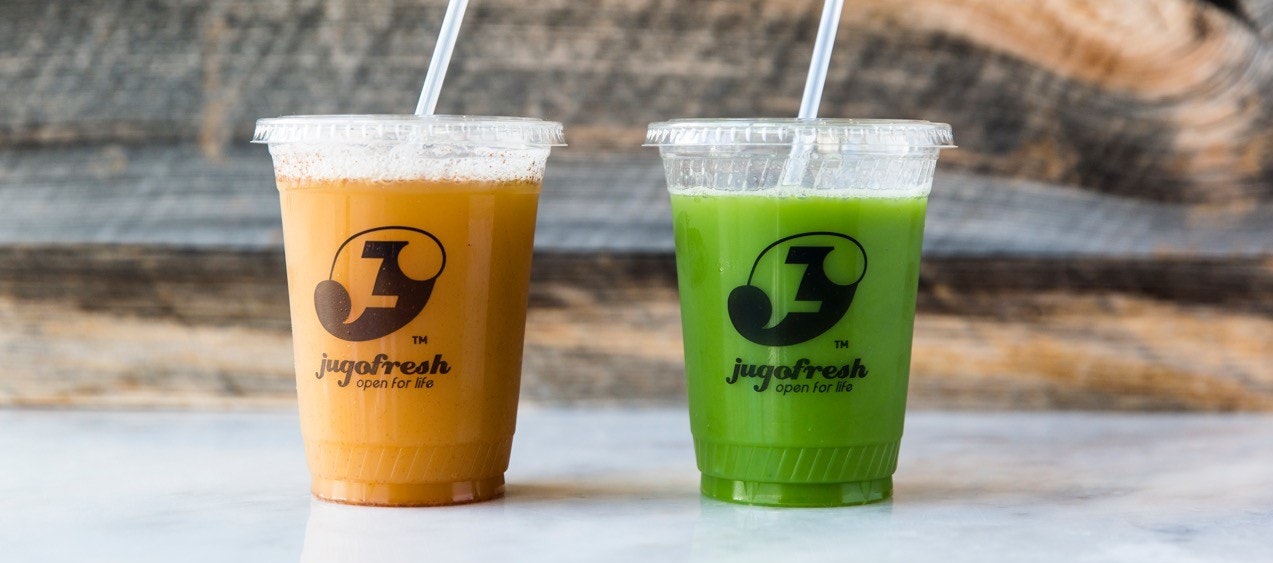
Jugofresh and Whole Foods Launch New Mixed-to-Order Cold-Press Concept
If you walk into any Jugofresh or Whole Foods Market in Miami you are likely to see something new. There’s a bar – like the kind that serves alcohol – and the mixologist is doing her thing shaking up colorful drinks and serving them, but instead of using alcohol she’s mixing up cold-pressed juice.
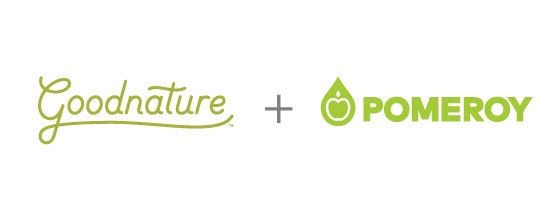
Goodnature and Pomeroy Merger Announcement
Historically, Goodnature Products, Inc., founded by Dale Wettlaufer, had been known for engineering, designing, and manufacturing large cold-pressed juice equipment for national and global size companies since the 1970’s.

Cold-Pressed VS Centrifugal Juice – Part 1: Real Nutritional Data
I have found it difficult sometimes to explain the health benefits of using a cold-press juicer over a centrifugal juicer without any hard evidence. Nutrients start to break down immediately, like a countdown that starts right when the produce is harvested. The biggest factor in juicing, however, is between centrifugal and cold-press, how much of a difference does this make in the nutritional content?
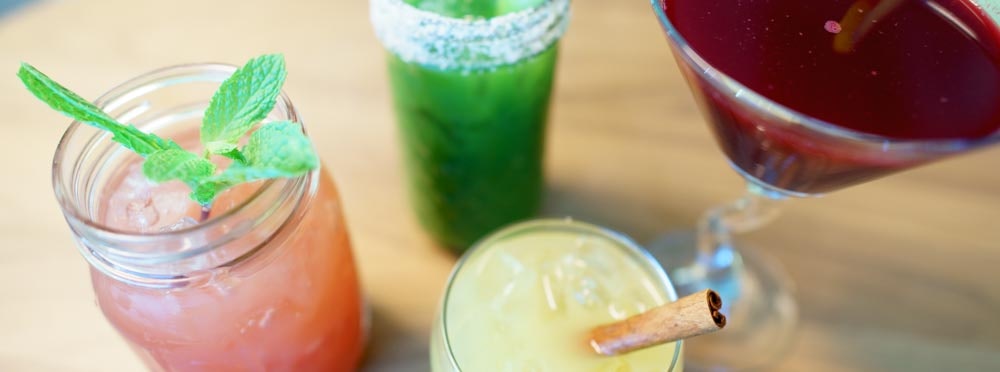
Cold Pressed Cocktail Recipes
The easiest way to add cold-pressed juice into your favorite cocktail is to consider the flavor profile of the drink you want to recreate. In this post I wanted to present a few of my favorite cold-pressed juice cocktails (with or without alcohol).
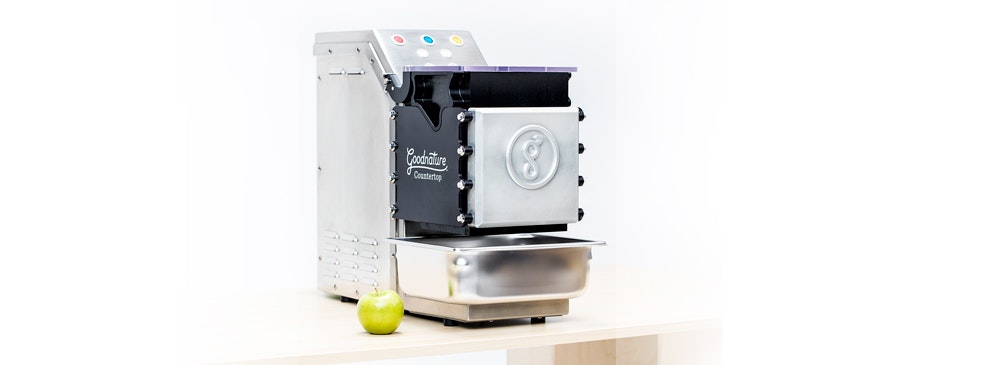
Goodnature Releases Countertop Cold Press Juicer
The wait is over, there is finally a commercial cold press juicer that fits on a a regular counter / bench-top in a cafe, restaurant, or kitchen space.
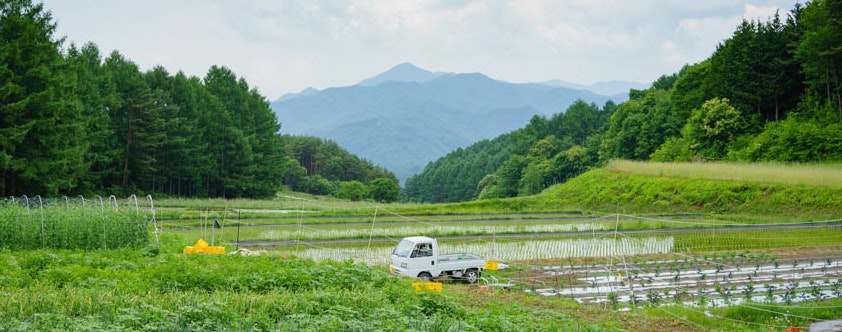
Organic Farm Tour in Nagano, Japan
Nori is taking me to the farm that grows most of the organic vegetables that go into Sunshine’s juice which is sold through their 4 locations in Tokyo.
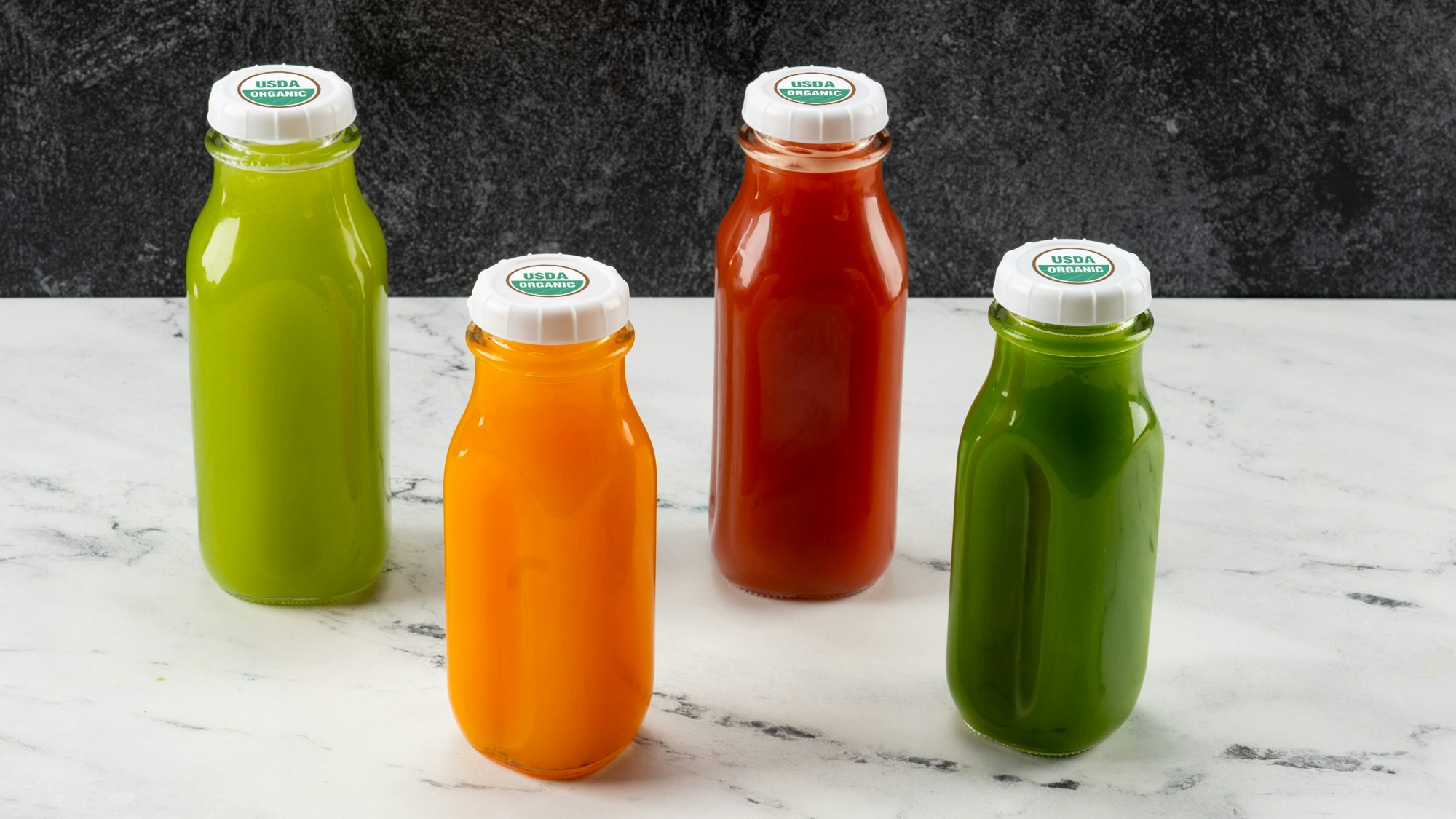
5 Tips for Becoming USDA Certified Organic
Is becoming USDA Certified Organic right for your business? There’s not a lot of information available about going through the process of becoming certified organic for cold pressed juice. After going through the tedious process myself, I was able to come up with a list of my top 5 tips for anyone considering starting the process.
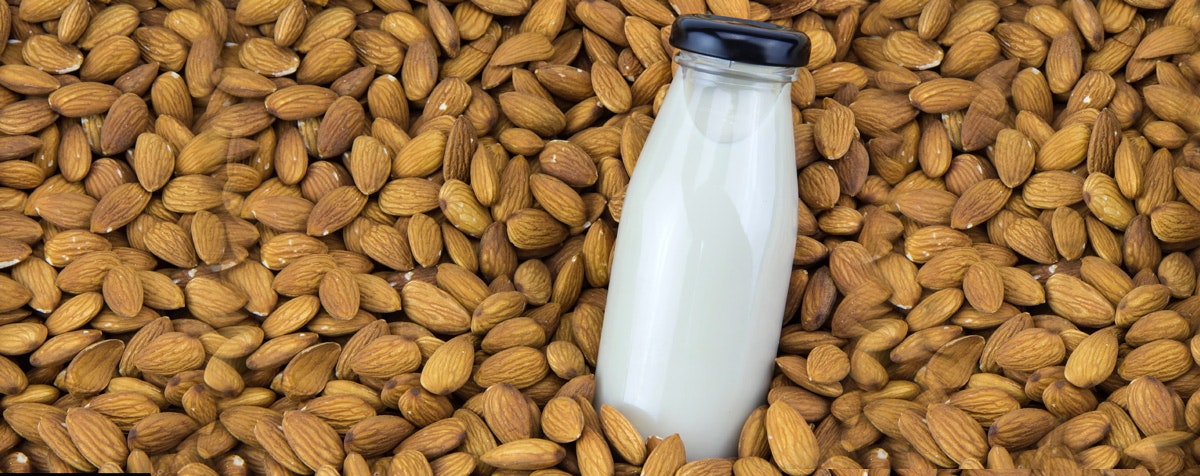
How to Make Nut Milk on the Goodnature X-1 (with video)
Nut milk (also known as “mylk”) makes a great addition to any business that sells juice. Nut milks have grown in popularity both in the grocery store and in juice bars within the last few years. There are even companies now that are making only raw nut milks. So what is nut milk? Well, it’s not actually milk, which does make it naturally lactose free, and it’s also very low in calories when served without any added sweeteners. Nut milk is just nuts, almonds and cashews most frequently, and filtered water. Sweeteners like dates, vanilla, or honey can be added to enhance the flavor. Making nut milk on the Goodnature X-1 is a simple process; it’s really just a matter of fine tuning your recipe to achieve the taste and creaminess you desire. Soak nuts in filtered water for 24 to 48 hours. That’s a pretty wide range but we have found that the longer the nuts are soaked, the less water is required later for blending. This should result in a creamier taste as well. Soaking should always be done in a refrigerator. Drain and rinse. The water will be dirty, especially if soaked closer to 48 hours. In the next step we will add in clean, fresh water. Weigh the nuts and add in filtered water. We weighed two pounds (.9 kg) of soaked nuts and added four pounds (1.8 kg) of water (about 2 liters / 68 ounces). Note: This is where some trial and error may be required as the ratio of nuts to water may vary depending on how you want it to taste and how long you soaked the nuts for. We found if we only soaked the nuts for 24 hours, the ratio had to be one part nuts to three parts water, at minimum, just to get the nuts to blend properly. With too little water, the slurry became like whipped frosting and wouldn’t press well. Soaking for 48 hours allowed us to do one part nut to two parts water. Blend the mixture into a slurry. We used the Vitamix XL because the size of mixture and it does a really great job of blending the nuts. We are only looking to break down the nuts into a smaller size, not get them so fine they will get into our milk. Typically 20 to 30 seconds is enough. Start the blender on a medium speed and take it up to high after 8 to 10 seconds. Pour into the press. The Monofilament Nut Milk Bag works the best as it is the most efficient and easier to clean. If you do not have one, a wide weave bag can be used. Repeat steps 3 – 5 until the bag is about halfway full or you’ve used all your nuts. Blend any additional solid ingredients For this recipe we used dates. After blending, add to the nut slurry. Start the press. Press very slowly to be sure the slurry doesn’t overflow the top of the bag. We set the press to take about 2 minutes to fully close. Add any additional liquid or powder ingredients. Popular ingredients include vanilla or cocao powder. Add to the nut milk and stir. Bottle, chill, and enjoy! Just like cold pressed juice, raw nut milk has a short shelf life. Keep the product refrigerated, and check with local health regulations about recommended shelf life. Make sure to fully clean and sanitize the X-1 before juicing anything else, as some customers may be allergic to nut based products. Also, there may be labeling requirements, read our article to learn more: FDA Labeling Requirements
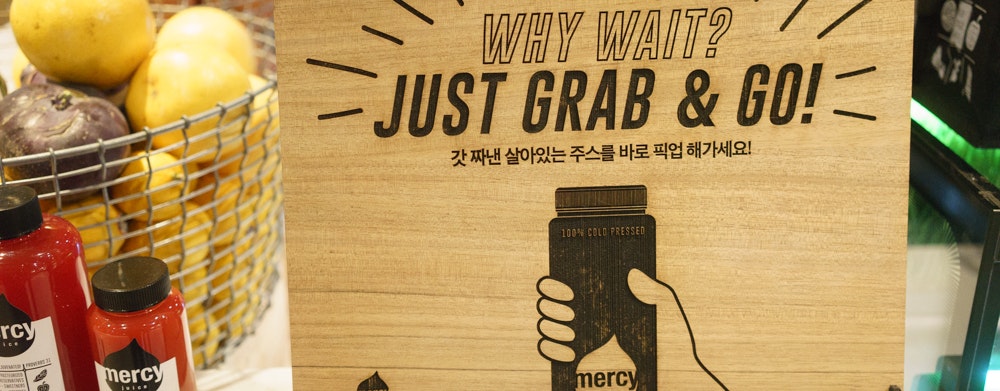
Spread the Juice – South Korea
One of the first things you’ll notice when visiting Seoul for the first time is the quantity of cafes and coffee shops. Seoul literally has more cafes per capita than any other city in the world.
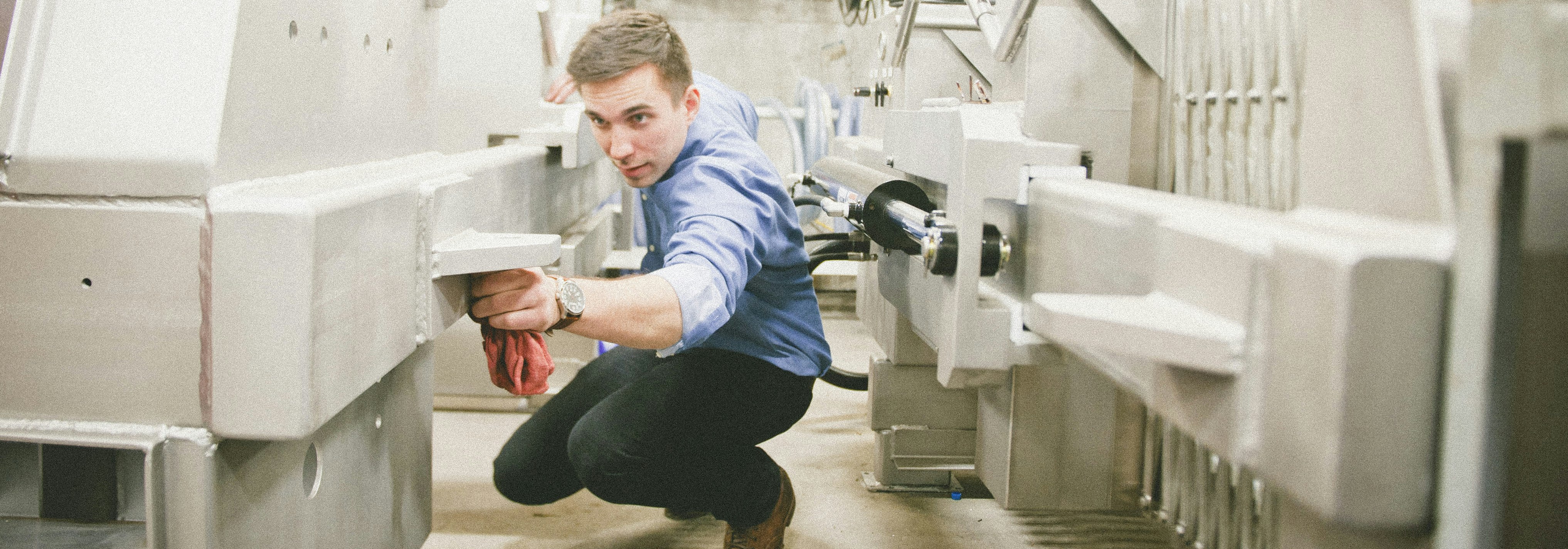
Engineering Cold Pressed Juice Equipment – A Letter From Eric
My Brother, Eric, is Vice President of Engineering at Goodnature, and sent out a wonderful email to myself and the other family members / Goodnature owners today. His words here describe exactly what cold pressed juice equipment is all about: All, I’ve been thinking about how to put in words what our goals are. One thing we do is try to design equipment that is based on minimal processing, which sounds like the easiest way to do it, but in fact it is the most difficult. We take a look at the process, distill it down to what is only absolutely necessary, and go from there. It is tempting as an engineer to over-design processing… heat something up to get it to flow better, use enzymes to make it less slippery, use chemicals to help clean it, preservatives and heat to make it last longer, and so on. The challenge is to take the processing out of beverage production; Figuring how to do it with the natural steps nature has provided us with, so that consumers have access to fresh and healthy beverages. How do you take the hand-made quality of cold pressed juice and scale it up to supply a whole juice bar or juice company? How do you keep things fresh, safe, and healthy without reaching into the food processor’s tool-bag? How do you get enough juice out of each cucumber or apple to stay competitive, with the disadvantage of not using cost-cutting additives and processing steps? Our challenge is simple: Take fresh fruits and vegetable, shred them, press them, and bottle the juice as quickly and as simply as possible without degrading the product in any way. What complicates the process is that we are living in a world that has gone too far down the processing road. Distributors that want 120 day shelf life, production managers that want to treat produce like it is a chemical or ingredient, instead of a living thing that needs to be handled as such, governing bodies that want food to be processed to a point of being sterile. Every extra step of processing is a step away from quality. We define quality as being as close to its natural state as possible. Quality is everything. Eric Wettlaufer Vice President Goodnature Products, Inc.
